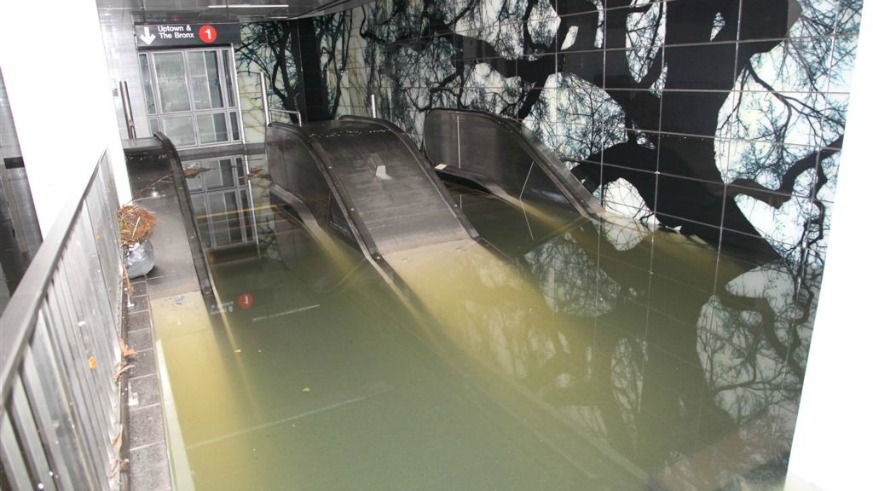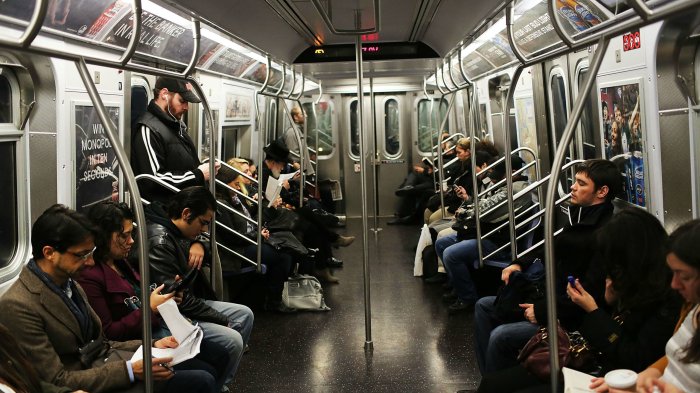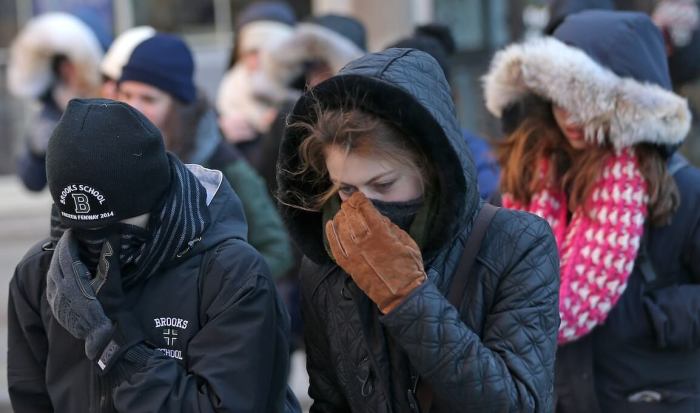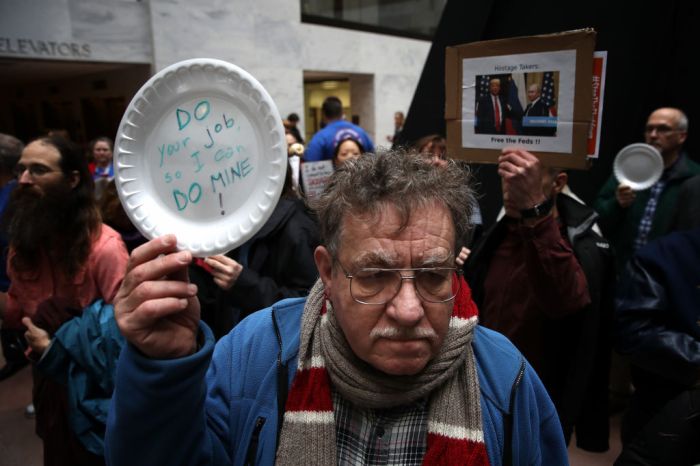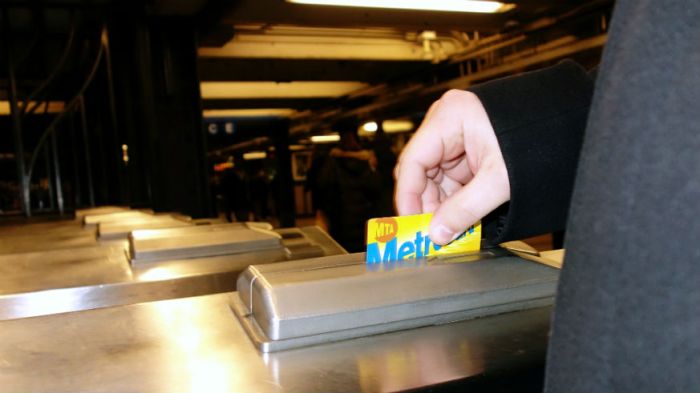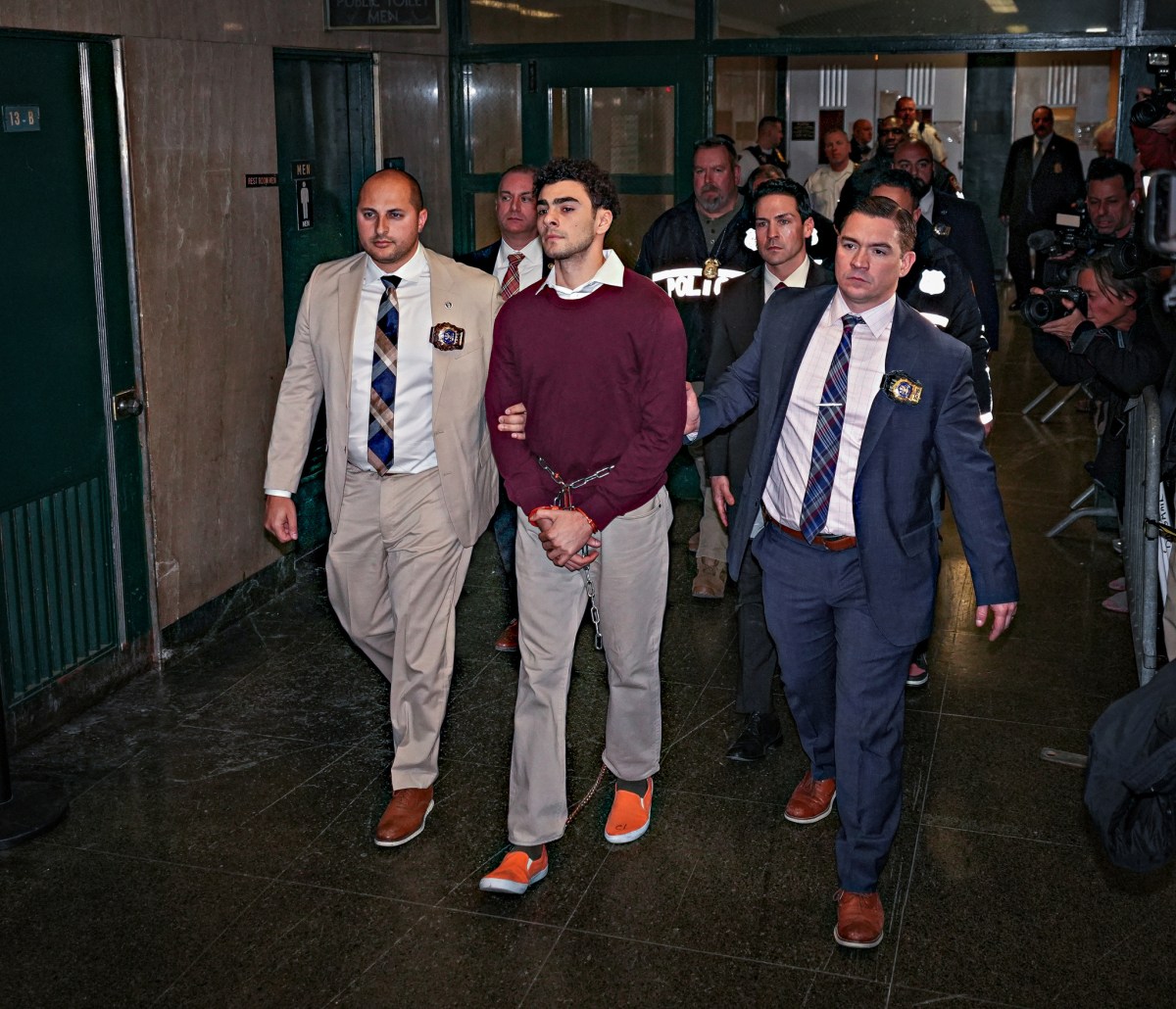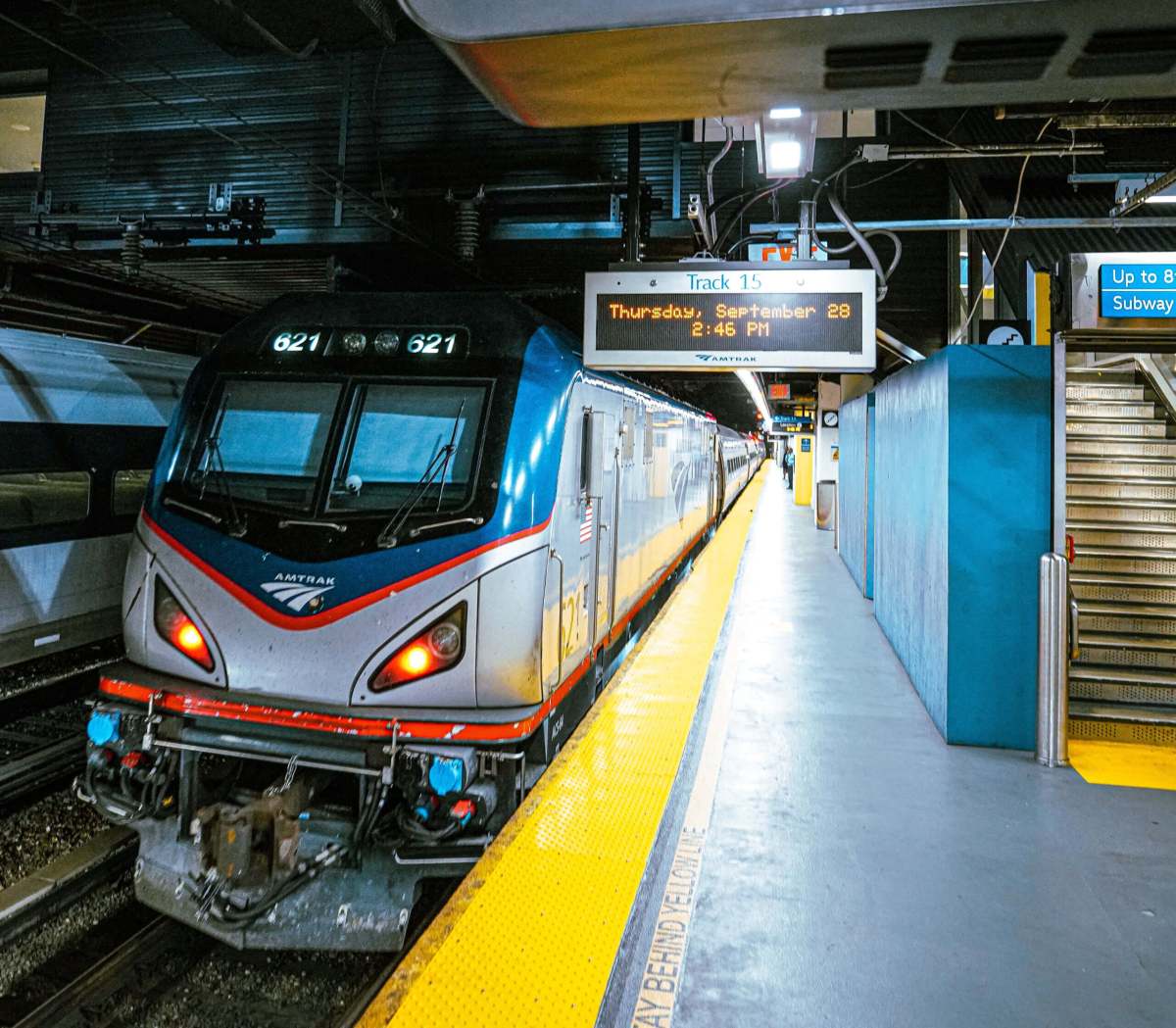It has been five years since Superstorm Sandy devastated homes and buildings across New York, and the city has been in the process of repairing itself ever since. Along with rebuilding the homes that were affected by the storm, new developments have continued to pop up in vulnerable flood zones.
More than 85 percent of 8,300 homes (that each house one to four families) have completed the city’s Build It Back program, Mayor Bill de Blasio announced in a report this week. Build It Back began in 2013, following the 2012 storm, and helps to start construction, reimburse homeowner or landlord repairs, or facilitate home acquisition.
To help those affected by Sandy, 6,400 homes have received repairs and damage reimbursement, and more than 200 homes have been elevated or rebuilt to new flood elevation standards.
“As we near the end of the Build It Back program, we are continuing to make steady progress. We have succeeded in getting more than 10,000 families back in safe and resilient homes and stronger communities,” de Blasio said in a statement. “We have more work to do, and this program will not be done until every family is home.”
But along with repairs, entirely new developments have been built in areas affected by Sandy, meaning the storm didn’t deter residents from making those vulnerable areas their home.
Some of the most affected areas, like downtown Manhattan and northwest Brooklyn, have seen an explosion in development since 2012, according to an analysis by real estate site StreetEasy. Within the Financial District, the median sale price of homes within Sandy-affected areas passed $2 million for the first time this year, meaning the neighborhood is in high demand.
Twenty-seven new residential buildings have been constructed in Red Hook, all of which, except for two, are in flood zones. In the Rockaways, 86 new residential buildings have appeared in the last five years – the “most in any NYC flood zone,” the report said.
In 2013, the city did change building codes to help ensure that new waterfront developments were better equipped to withstand flooding. Building resiliency efforts include details from designing new raised homes to adding hookups for temporary generators and boilers to implementing modifications so that toilets and sinks work and drinking water can be supplied in residential buildings when there’s no power.
Still, the residential growth means more people in vulnerable areas.
“The demand for new housing has proven stronger than the memory of Sandy’s destruction,” StreetEasy Senior Economist Grant Long said in a statement. “The pace of waterfront development conflicts with the lessons of Sandy and this year’s hurricane season, and calls the wisdom of development in some flood-prone areas of the city into question.”
There were more than 90,000 buildings in flood zones when Sandy hit, Long said, and five years after that storm, “we are stockpiling those very same flood zones with even more homes.”

